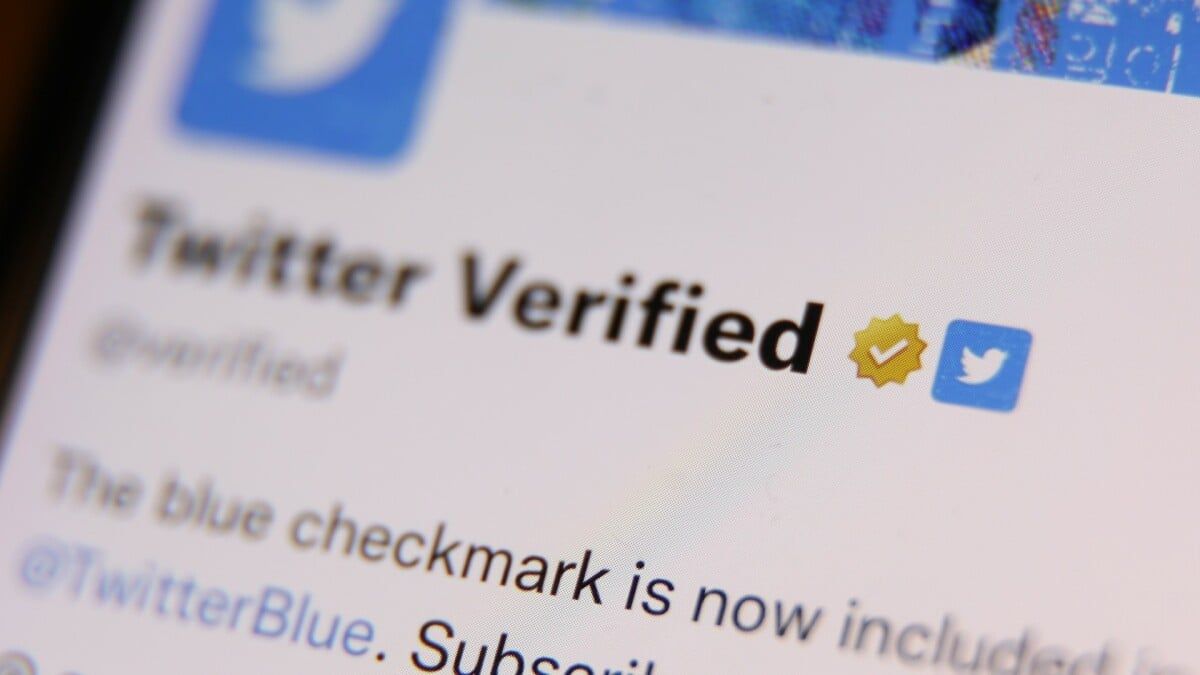Top Savings Account Rates Today, May 5
No Ongoing Balance Requirement Rate Minimum Initial Deposit Minimum Ongoing Balance Newtek Bank 5.00% APY $0 Any amount Vio Bank 4.85% APY $100 Any amount UFB Direct 4.81% APY $0 Any amount $1,000-$4,999 Ongoing Balance Requirement Rate Minimum Initial Deposit Minimum Ongoing Balance CFG Bank 5.02% APY $1,000 $1,000 TotalDirectBank 4.82% APY $2,500 $2,500 Ivy Bank 4.80% APY $2,500 $2,500 $5,000+ Ongoing Balance Requirement Rate Minimum Initial Deposit Minimum Ongoing Balance CIT Bank 4.75% APY $100 $5,000 BankPurely 4.75% APY $0 $25,000 iGObanking 4.75% APY $25,000 $25,000
Source: Investopedia daily rate data
Many of the best-paying institutions for high-yield savings accounts are either internet-only banks or online divisions of brick-and-mortar banks. Online banks carry the same federal deposit insurance that physical banks do. Just look for "FDIC member" or the FDIC logo on the website of any bank where you're considering opening an account (or NCUA membership if it's a credit union). That means that up to $250,000 of your deposits are federally insured should the institution fail.
If you've never held savings at a different bank than where your primary checking account resides, you might worry that it's inconvenient having your funds at two different banks. While transfers between banks usually take 1-3 days, if you don't think you'll need to move money quickly, online banking makes moving money between banks incredibly easy.
Unlinking your choice of a high-paying savings account from where you do your primary banking opens the door to boosting your interest rate 10 to 12 times higher than the national average. So it's a banking setup worth getting comfortable with.
The "top rates" we quote are the highest nationally available rates Investopedia has identified in its daily rate research on banks and credit unions that offer nationwide high-yield accounts. This is in stark contrast to the FDIC's published national average, which includes all banks offering a savings account, including many extremely large banks that pay almost no interest. Thus, the national average rate is always quite low, while the top rates you can unearth by shopping around are typically five, 10, or even 15 times higher.
Where Are Savings Account Rates Headed?
Savings account interest rates may be at or near the highest rate they'll hit for some time to come. Here's why.
The interest rate that banks and credit unions are willing to pay on deposit accounts, such as savings, money market, and certificate of deposit (CD) accounts, is directly impacted by the federal funds rate. The Federal Reserve sets this rate every six to eight weeks, and when it rises, so too do the rates on high-yield savings accounts. The opposite happens when the Fed reduces rates.
Since March 2022, the Federal Reserve has been aggressively hiking rates, raising the fed funds rate 4.25% in 2022 and another 0.75% so far in 2023, including its quarter-point increase this week. The fed rate's dramatic ascent is directly responsible for the highly elevated rates that high-yield savings accounts have been paying this year. After reaching a record rate of 5.05% APY for about a week in mid-March, the top nationwide rate has held for the last month at 5.02% APY.
But the Fed's rate-hiking campaign is likely coming to an end. The next rate-setting meeting will end June 14, and the majority expectation at this time is that the Fed will hold rates steady at that meeting. But since the Fed makes its rate decisions independently and always based on up-to-the-minute economic data, forecasts this far out should simply be considered predictions.
If the Fed pauses its increases, savings rates could plateau soon. And in fact, the Fed could even cut rates in the coming months. Once the Federal Reserve's rate plateaus or declines, high-yield savings account rates will follow suit.
One way to prolong your record returns is to deposit savings you can live without for a while in a certificate of deposit. CDs are available in varying lengths, and their interest rates, which are also currently tracking at record levels, are fixed for the full duration of the term. The trade-off is that if you decide to cash out of the CD early, you'll be hit with an early withdrawal penalty.
Top Savings and CD Rates vs. National Average Rates
Source: Investopedia


